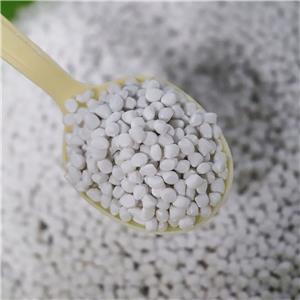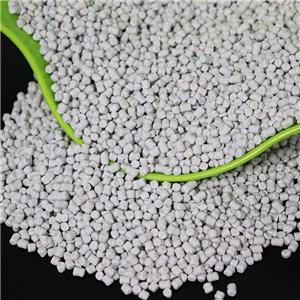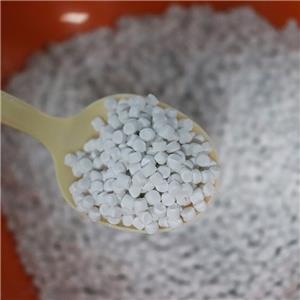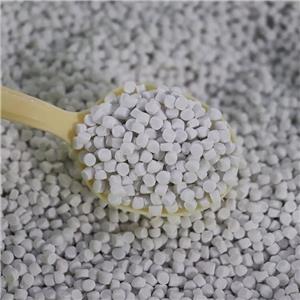Effect of inorganic mineral powder on thermal aging properties of PP materials
Inorganic fillers such as talc powder, calcium carbonate, barium sulfate are often used as powder filling components in modified PP, especially in high filling, which can play a role in reducing costs. In addition, in addition to cost reduction, it can also give a certain type of plastic products with rigidity, heat resistance, dimensional stability, high gloss and other effects to play its functional role. However, in the process of processing, storage and use, it will inevitably be affected by thermal oxygen aging, which changes:
1, appearance, such as: material sticky, powder, brittle, deformation and color change;
2, mechanical properties, such as: tensile, bending, impact performance decline;
3, electrical performance, such as: breakdown voltage, resistivity and other performance decline;
4, flame retardant performance, such as: flame retardant grade decline.
After PP material is affected by thermal oxygen aging, the service life of the product will be shortened, which greatly affects the economy and environmental protection of the product, thus limiting the scope of use of the product. The effects of inorganic mineral powders on thermal aging properties of PP materials are discussed in the following cases: Talc powder, calcium carbonate and barium sulfate.
The above table is the comparison of samples of different kinds of talc powder, calcium carbonate and barium sulfate filled PP materials after heating and aging in the oven at 150℃ for 14 days. It can be seen that the same inorganic mineral powder will have different effects on the thermal aging of PP. For example, some talc powder has poor aging resistance, while some talc powder has excellent aging resistance, so does calcium carbonate and barium sulfate. Therefore, in the selection of inorganic mineral powder type and specification is crucial.
The above figure shows the aging experiment of pure PP resin, talc powder filled PP, calcium carbonate filled PP and barium sulfate filled PP in an oven at 150℃. With the increase of thermal aging days, their Δb values (yellowing resistance) change. As can be seen from the figure:
1. With the extension of aging time, Δb of the four samples showed an increasing trend;
2, the presence of inorganic mineral fillers, whether talc powder, calcium carbonate or barium sulfate, will accelerate the aging of PP;
3, the acceleration effect of talc on aging is stronger.
Summary: In actual production and life, the environmental conditions of different polymer materials and their products are different, so in different applications, the anti-aging requirements of the materials used are different. For example: some customers need to solve the problem of discoloration and aging of materials in the storage process; Some customers need to solve the aging problem of yellowing in the process of extrusion, injection molding and other materials; Some customers need to solve the problem of long-term thermal oxygen aging in the use of products in a long-term higher temperature environment; There are also customers who need to solve the durability of products in the outdoor environment and so on. However, different customers have different anti-aging requirements for the same material, such as some customers need to solve the problem of hot oxygen aging at different times at high temperatures; Some need outdoor use of environmental conditions at different times of weathering problems and so on.
In short, the requirements for anti-aging materials are ever-changing. In our actual production and application, we should carry out targeted and effective anti-aging treatment according to the environmental conditions of the use of PP materials, in order to truly solve its aging problem.




